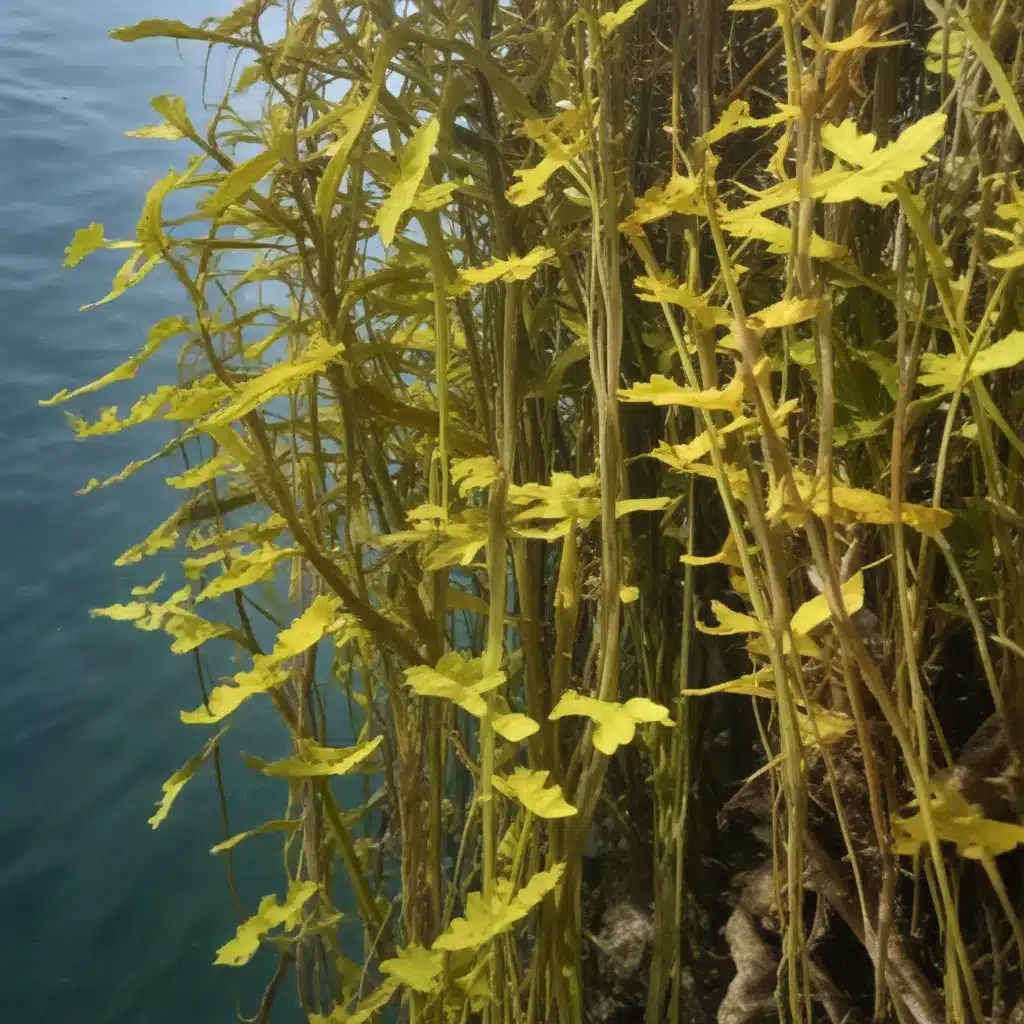
The Importance of Kelp Forests in Our Changing Oceans
Kelp forests are vital marine ecosystems, providing food, habitat, and protection for countless species of fish, invertebrates, and other organisms. These underwater forests, dominated by large brown algae known as kelps, are found in cool, nutrient-rich coastal waters around the world. Through the ecosystem services they provide and their commercial use, kelps contribute an estimated $674 billion CAD per year to the global economy.
However, kelps are facing growing threats from the impacts of climate change. Increases in ocean temperatures, changes in pH, coastal turbidity, and lower ocean salinity are all associated with reductions in kelp recruitment, reproduction, and survival. As these stressors become more frequent and severe, the future of kelp forests is uncertain.
One key factor impacting kelp health is the effect of low-salinity events, often caused by increased freshwater runoff from rivers and melting glaciers. Understanding how kelp-associated bacteria respond to changes in salinity is crucial, as these microbes can significantly influence the overall health and resilience of their kelp hosts.
The Relationship Between Kelp and Their Bacterial Communities
Kelps, like many other plants and algae, host a diverse community of bacteria that live on and within their tissues. These bacterial communities can have a profound impact on the growth, morphology, and stress tolerance of their kelp hosts.
Under normal conditions, kelps maintain a relatively stable core bacterial community. This consistent group of bacteria likely plays an important role in supporting kelp health and fitness. However, when kelps experience environmental stress, such as low-salinity events, the composition of their bacterial communities can change significantly.
Researchers have found that salinity is one of the most important factors in shaping the bacterial communities associated with various types of algae, including kelps. As salinity levels drop, the relative abundance of the core bacterial taxa often decreases, while the overall diversity and variability of the community increases.
This shift in the bacterial community composition under low-salinity stress may have important implications for kelp health and resilience. If the core bacteria that typically benefit the kelp are replaced by more opportunistic species, the kelp’s ability to tolerate the stressful conditions could be compromised.
Examining the Impact of Low-Salinity on Sugar Kelp Bacterial Communities
To better understand how low-salinity events affect the bacterial communities associated with kelps, researchers from the University of British Columbia conducted a comprehensive study on the sugar kelp, Saccharina latissima, in coastal waters around Vancouver, Canada.
Over the course of two years, the researchers surveyed the bacterial communities on Saccharina, as well as in the surrounding water and on nearby rocks, across a range of salinity conditions. They also performed controlled laboratory experiments to isolate the effects of salinity on the kelp-associated bacteria.
Field Observations
The field surveys revealed that Saccharina generally hosts a stable core bacterial community, made up of a consistent suite of taxa. However, the researchers found that as salinity decreased, the relative abundance of these core bacteria declined, while the overall diversity and variability of the bacterial community increased.
Interestingly, temperature appeared to have a stronger influence on the bacterial communities than salinity in the field. As water temperatures rose, the researchers observed greater changes in the composition of the Saccharina-associated bacteria.
These findings suggest that while salinity is an important factor, other environmental stressors, such as warming waters, can also significantly disrupt the normally stable bacterial communities found on kelps.
Controlled Laboratory Experiments
To isolate the effects of salinity, the researchers conducted a series of experiments in the lab, incubating Saccharina samples in different salinity treatments (10 psu, 20 psu, and full-strength seawater).
Consistent with the field observations, the lab experiments showed that low-salinity conditions (10 psu) led to a decrease in the relative abundance of the core bacterial taxa on Saccharina. Additionally, the bacterial community diversity and variability increased under the low-salinity stress.
These results indicate that the changes in the Saccharina bacterial communities observed in the field are likely a direct response to the low-salinity conditions, rather than being driven by other co-varying environmental factors.
Implications for Kelp Forest Health and Resilience
The findings from this study have important implications for understanding how kelp forests may be impacted by the increasing frequency and intensity of low-salinity events due to climate change.
The researchers found that when Saccharina is exposed to low-salinity stress, the normally stable core bacterial community becomes disrupted. This suggests that the kelp’s ability to effectively filter and maintain its beneficial microbial partners is impaired under these stressful conditions.
If the core bacteria that typically support kelp health are replaced by less beneficial or even opportunistic species, it could compromise the kelp’s resilience and make them more vulnerable to additional stressors, such as warming temperatures or disease.
Ultimately, the changes observed in the Saccharina bacterial communities, both in the field and in the lab, highlight the important role that microbes play in the overall health and survival of kelp forests. As climate change continues to threaten these vital ecosystems, understanding the complex interactions between kelps and their associated bacteria will be crucial for developing effective conservation and management strategies.
Exploring More: Resources for the Stanley Park High School Community
To learn more about the importance of kelp forests and the impacts of climate change, we encourage the Stanley Park High School community to visit the https://www.stanleyparkhigh.co.uk/ website. There, you’ll find additional resources and information on this critical marine ecosystem and the ongoing research being conducted to protect it.
If you’re interested in exploring the topic of kelp and bacterial communities in more depth, we also recommend checking out the following sources:
- https://www.biorxiv.org/content/10.1101/2023.12.07.570704v2.full
- https://academic.oup.com/aob/article/133/1/183/7477476
- https://www.biorxiv.org/content/biorxiv/early/2024/09/10/2023.12.07.570704.full.pdf
By understanding the complex relationships between kelps, their bacterial communities, and the changing ocean environment, we can work together to protect these vital ecosystems for generations to come.

